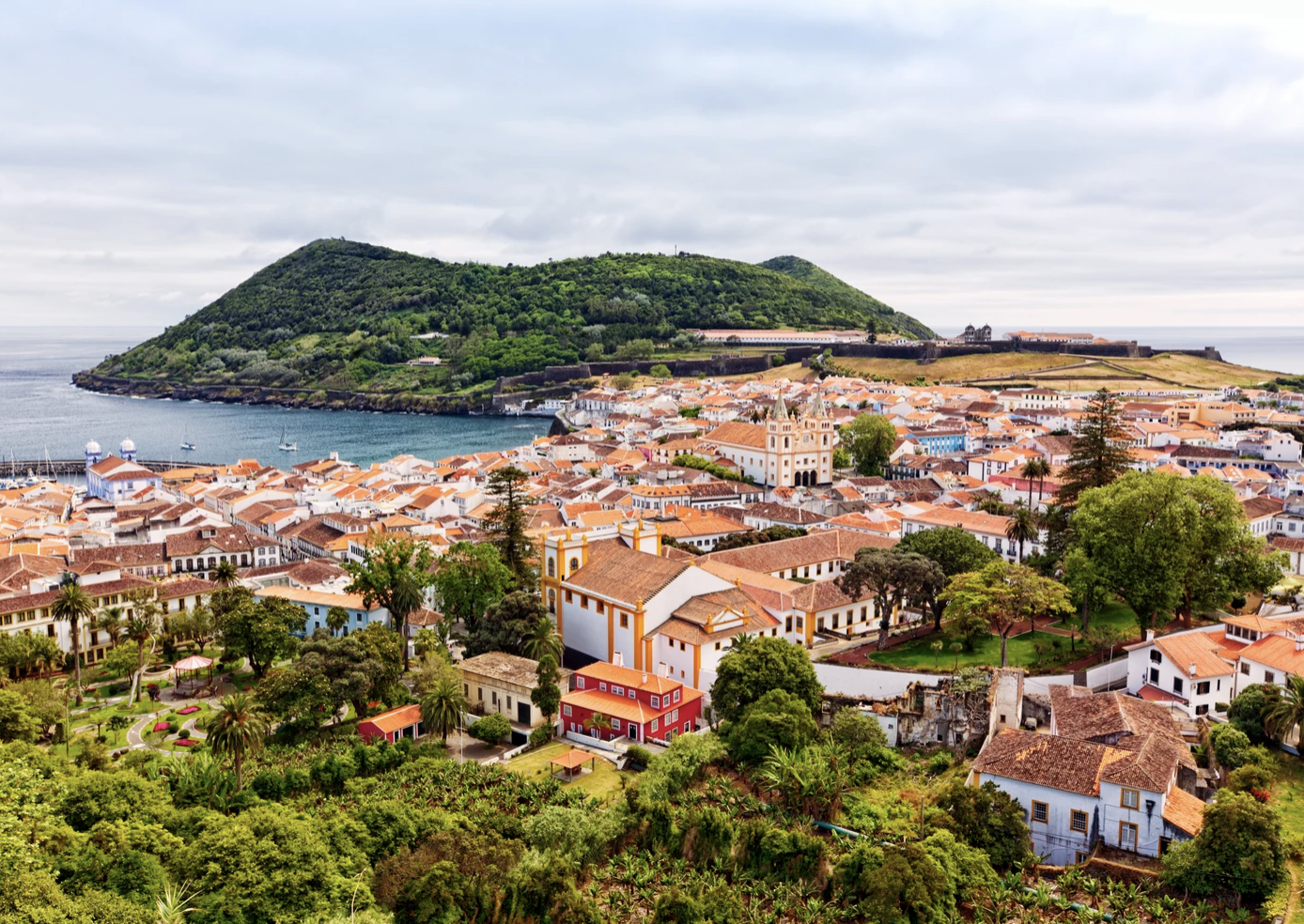Teraloop to Pilot on Terceira Island, Azores
With financial support from the European Commission in the framework of Horizon 2020, Teraloop will pilot its flywheel energy storage technology on Terceira Island, Azores archipelago. The pilot will be part of the European Project IANOS (IntegrAted SolutioNs for the DecarbOnization and Smartification of Islands), which began in October 2020.
About the Teraloop Pilot
Teraloop’s flywheel will be located at an end user point suffering from voltage variations. The flywheel will provide fault ride through and power management services. As part of the local island energy system, Teraloop will provide fast frequency regulation support, meeting the demands of unpredictable charge/discharge conditions and will provide inertia to the local upcoming Virtual Power Plant platform (iVPP), being developed as part of the IANOS Project.

About the Virtual Power Plant platform (iVPP)
The iVPP, developed as part of the IANOS Project, will consist of State-of-the-Art software and hardware components, to consider all island energy streams and act within multiple timeframes, for ancillary services provision, congestion management, generation curtailment avoidance, grid reinforcement deferral, integrating technologies as flywheel and hybrid transformer. The iVPP design aims at providing optimal modularity and scalability, offering secured monitoring, aggregation and predictive energy management features, complemented by a set of cloud and fog-enabled software and hardware modules, oriented to serve the needs of island energy market stakeholders.
About IANOS (IntegrAted SolutioNs for the DecarbOnization and Smartification of Islands)
IANOS Project aims to demonstrate, under real-life operational conditions, a group of both technological and non-technological solutions adapted to harsh islandic conditions, in two Lighthouse (LH) islands (Ameland in the Netherlands and Terceira Portugal), covering a multitude of energy supply, storage and end-use vectors on different climatic and socio-economic conditions, while taking the appropriate measures for their replication into three Fellow islands (Lampedusa in Italy, Bora Bora in the French Polynesia and Nissyros in Greece).
IANOS was funded by the European Commission in the framework of Horizon 2020 research and innovation program in line with the commitment to decarbonize the energy system of islands and a new wave of projects with such purpose as almost 3.5% of European citizens live in geographical islands, which are more than 2,700 islands on the European Continent.
A great diversification of characteristics can be found within the EU islands ecosystem: the vast majority consists of small/medium sized islands (<600km2) while in total, 500 islands are larger than 20 km2 and cover a total area of 700,000 km2 or more than 7% of Europe’s surface area. Natural resources abundancy and applicable energy technologies can also vary significantly, due to different climate or geological conditions, as well as different policy environment.
At the same time, specific energy-related challenges and trends pertain to the majority of EU islands: high dependence on fossil fuels or energy import from mainland; seasonality of demand (tourist arrivals in small islands have increased by >30% during the last decade); continuously increasing non controllable Renewable Energy Sources (RES) penetration that displaces conventional generation, dramatically reducing grid inertia (especially in smaller islands - isolated networks); all of which make for a more burdensome and expensive pathway to ensure energy security and resilience compared to the mainland.
However, opportunities can also arise as, compared to the highly complex mainland energy systems, solutions towards RES integration are easier to deploy and have a significant decarbonization impact on islands’ ecosystems. Islands can be also great candidates for maintaining active Local Energy Communities (LECs).
In order to tackle the system resilience challenge, IANOS focuses in the maximization of flexibility harnessing and provision along with self-consumption capability, through the utilization of distributed RE and storage technologies. Operational linkage and coordination of the energy vectors (electricity, thermal, fuels) is performed through multi-source energy storage, demand response (DR) and Powerto-X technologies (i.e. power-to-gas, power-to-hydrogen, power-to-heat, power-to-mobility), supported by an intelligent Virtual Power Plant platform (iVPP). The iVPP design aims in optimal modularity and scalability, offering secured monitoring, aggregation and predictive energy management features, complemented by a set of cloud and fog-enabled software and hardware modules, oriented to serve the needs of island energy market stakeholders.
At the planning level, IANOS streamlines the decision-making process towards tailor-made solutions considering islands’ specific traits, through the Island Energy Planning and Transition Suite (IEPT).
IANOS adopts a LEC - oriented design, in which the policy/ regulations decision makers, small prosumers, large energy providers are empowered to create synergies, exchange knowledge and lead community-driven RE investments, also reaping the benefits of their active participation in transactive energy programs and services.
In this way, IANOS will demonstrate a rich portfolio of Use-Cases (including numerous RES-based systems) towards a full decarbonization goal, increasing the share of RES in the energy mix and exploiting the assets of each LH, including geothermal, wind, tidal and solar energy.


